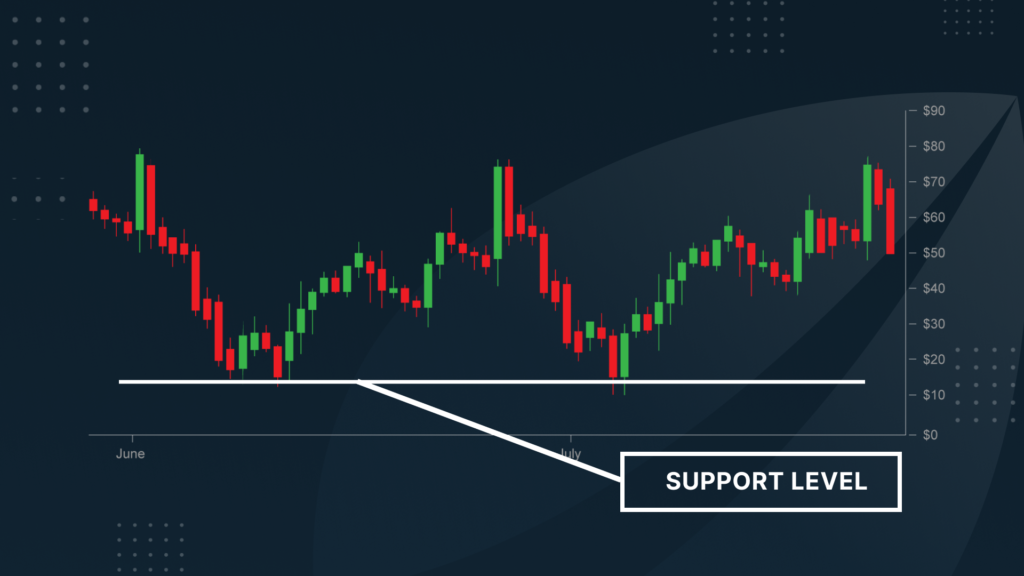
Few currency pairs offer as much insight into global sentiment and interest rate dynamics as the AUD/JPY. This cross, often overlooked in favour of majors like EUR/USD or USD/JPY, holds unique appeal for traders attuned to macroeconomic trends. The Australian dollar’s status as a high-yielding, risk-sensitive currency contrasts with the Japanese yen’s reputation as a safe-haven asset, making this pair a powerful tool for navigating shifts in risk appetite and yield differentials.
Understanding the AUD/JPY Pair
The AUD/JPY pair reflects the economic and policy contrasts between Australia and Japan. Australia’s commodity-driven economy, closely tied to Chinese demand, makes the Australian dollar responsive to global growth and resource prices. Japan, a manufacturing giant with limited natural resources, faces chronic deflation and ageing demographics, prompting the Bank of Japan to maintain ultra-loose monetary policy.
In contrast, the Reserve Bank of Australia often adopts a more hawkish stance, supporting higher interest rates. This divergence creates yield differentials that fuel carry trades, with investors borrowing in yen to invest in higher-yielding Australian assets.
Risk Sentiment as a Driving Force
The Australian dollar often serves as a global risk barometer. It tends to rally during periods of economic optimism, buoyed by rising commodity prices and strong demand from China. Equity market upswings, improving global PMI data, and dovish U.S. Federal Reserve signals typically bolster AUD performance.
The JPY as a Safe-Haven Currency
The Japanese yen, in contrast, strengthens during periods of global risk aversion. When equity markets fall or geopolitical tensions rise, investors seek safety in low-yielding yet stable assets like the yen. This pattern has been consistently observed during major market shocks, including the Global Financial Crisis, the COVID-19 pandemic, and regional conflicts.
How Risk-On/Risk-Off Cycles Impact AUD/JPY
AUD/JPY’s movement closely mirrors shifts in investor sentiment. During risk-on phases, the pair tends to appreciate as capital flows into higher-yielding assets. Conversely, when markets turn defensive, the yen’s appeal rises, and AUD/JPY often declines. For example, in early 2020, the pair fell sharply amid pandemic-driven uncertainty, only to rebound later that year as stimulus efforts revived global risk appetite.
Yield Differentials and Carry Trade Opportunities
The carry trade is a fundamental strategy in forex markets where investors borrow in a low-interest currency to invest in a higher-yielding one. AUD/JPY is one of the most well-known carry trade pairs due to the persistent rate gap between Australia and Japan. When markets are stable and interest rate expectations favour Australia, the pair becomes an attractive choice for traders seeking to earn interest while holding positions.
Shifts in Interest Rate Expectations
However, the carry trade is sensitive to changes in monetary policy. If the RBA hints at tightening or the BoJ signals a potential exit from negative rates, traders may reposition rapidly. Central bank surprises can cause abrupt shifts in the pair’s direction. The introduction of yield curve control by the BoJ in recent years has added complexity, as has the RBA’s cautious stance amid inflation uncertainties.
When Carry Works—and When It Doesn’t
Carry trades flourish during low-volatility environments with stable rate differentials. But they tend to unravel quickly when volatility rises or risk sentiment deteriorates. Traders must weigh the yield benefit against potential drawdowns during turbulent market conditions. Understanding central bank communication, inflation trends, and global credit conditions is key to managing this balance.
Technical and Fundamental Trading Setups
AUD/JPY responds well to technical analysis, particularly in trending markets. Traders often look for breakout patterns, moving average crossovers, and RSI divergences. Given the pair’s susceptibility to sentiment swings, momentum indicators like the MACD can also be helpful.
Support and resistance zones drawn from previous risk cycles—such as pandemic-era lows or post-recovery highs—can provide useful context. Price action around psychological levels like 90.00 or 95.00 often draws increased attention from both retail and institutional traders.
Fundamental Triggers to Watch
On the fundamental side, economic data from both countries—especially inflation, employment, and GDP—can shift the outlook. Australian indicators linked to mining activity and Chinese growth are particularly influential. For Japan, CPI readings, BoJ policy updates, and trade balances are key.
Beyond national data, traders should watch U.S. interest rate policy, as it affects global liquidity, as well as broader risk signals like equity indices, VIX levels, and geopolitical developments.
Conclusion
AUD/JPY stands out as a strategic instrument for traders navigating a complex world of shifting sentiment and monetary policy divergence. Its sensitivity to global risk appetite, combined with its role in carry trade strategies, makes it more than just a forex pair—it’s a lens into broader market dynamics.
For traders who can monitor both macro fundamentals and technical signals, AUD/JPY offers a tactical edge. Whether you’re capitalising on yield spreads or positioning around risk-on sentiment, this pair deserves a place on your watchlist.



